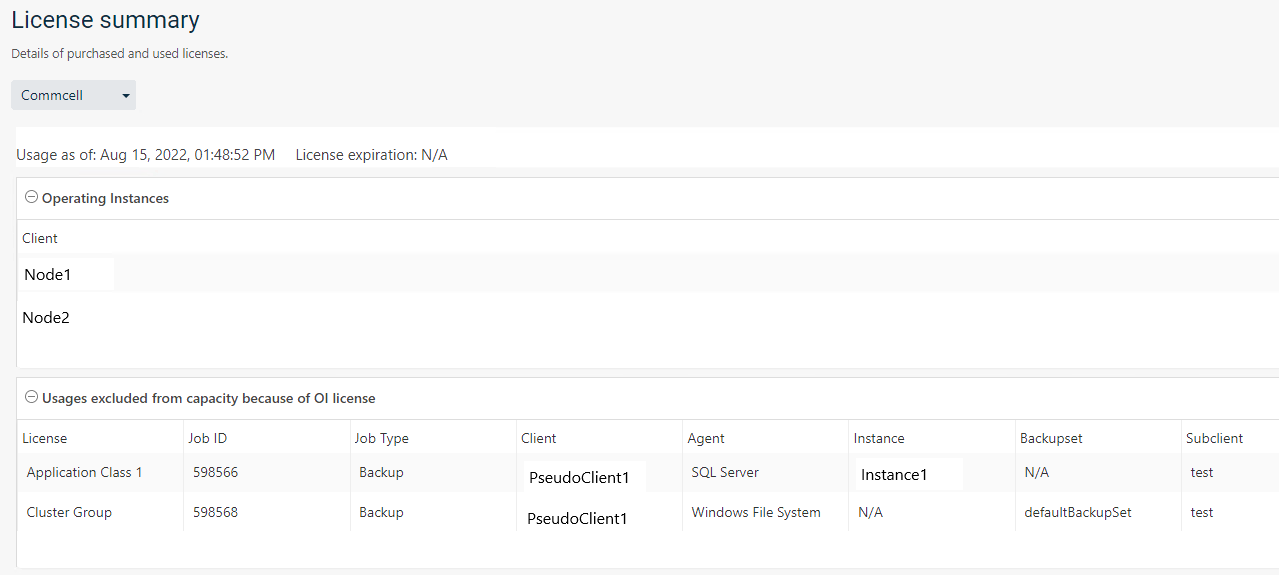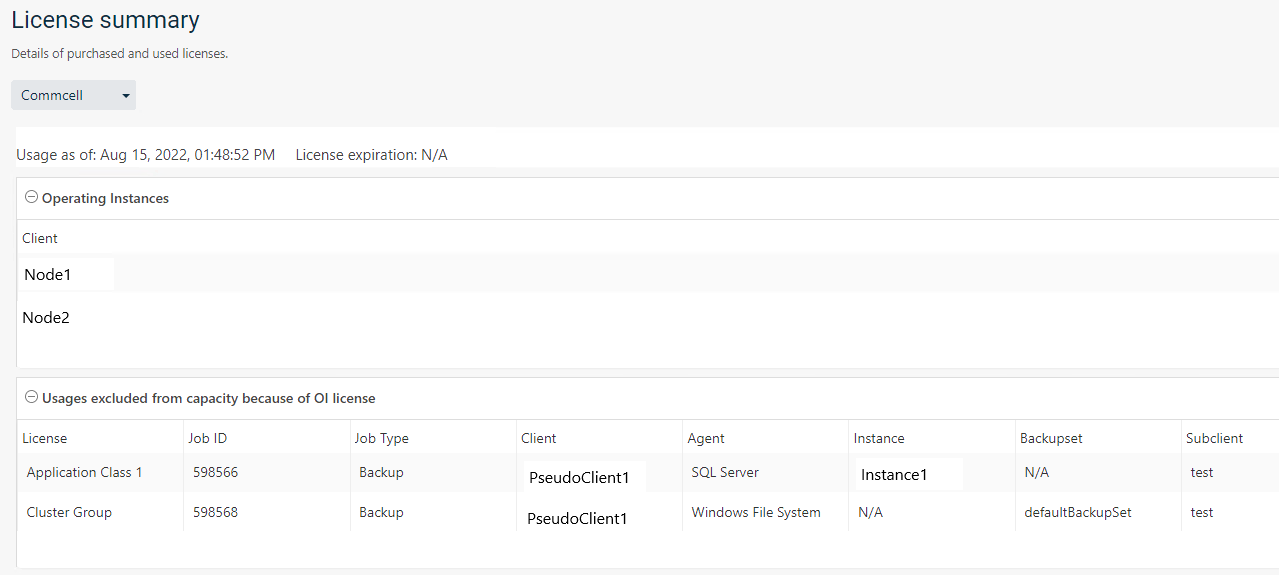Hello,
Could you say please how to calculate OI licenses for physical Clusters, for example two node MS cluster with single SQL instance, how much OI licenses it should consume in case when we need to backup clustered SQL instance?
We have mixed license environment VMs and OI.
Br,
Andrejs
Best answer by Jos Meijer
View original








